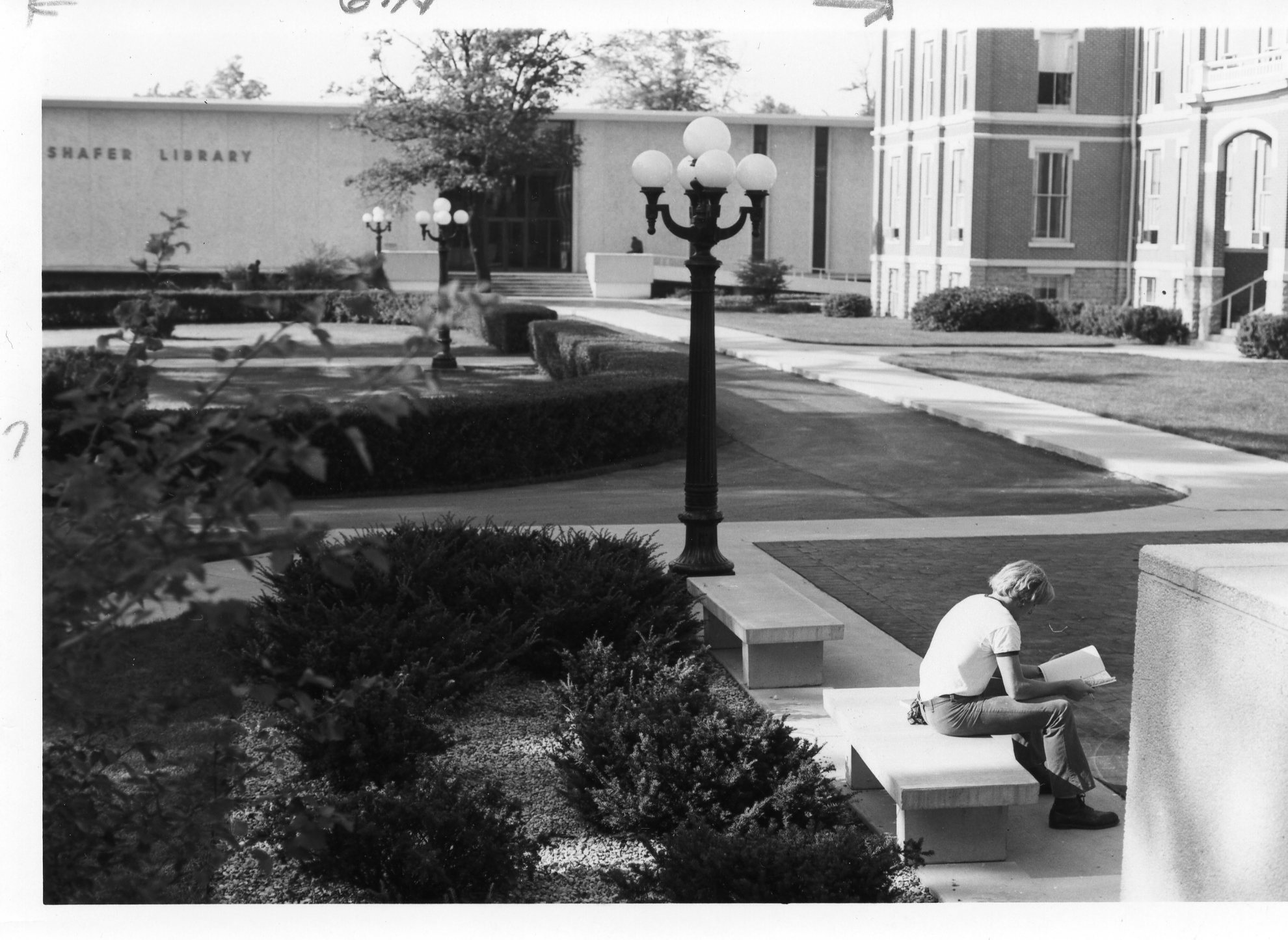3). The small liberal arts college environment offers unique solutions to logistical issues of implementation of multimodal composition initiatives.
Partly because of their smaller size, liberal arts colleges tend to pride themselves on the close relationships between faculty and students. What this practically translates to is widespread faculty knowledge of individual student needs and concerns. Some of the problems noted in Phase I of the implementation process (described in After Multimodality) were addressed very efficiently on a one-on-one basis. For instance, when one student did not have access to a computer with FrontPage, her faculty advisor let her use an extra computer in the office to complete her project.
In another case, a faculty member outside of the writing program matched up an ENGL 106 student who was having trouble loading a web page and a student worker at the Information Technology Services help desk simply because he knew them both. In ENGL 302, the instructor and a political science professor who had several overlapping students worked out several projects using multimodal instruction that benefited students in both classes. All of these informal instances are everyday happenings on the liberal arts campus.
In many ways, the liberal arts campus is well equipped to deal with student cases efficiently as it has already made an existing priority treating students as individuals and maintaining close faculty and student contacts. Flexible and personalized solutions are often available due to close connections between students and faculty. While close connections can certainly happen on all types of campuses, the liberal arts college environment builds in safeguards such as face-to-face and virtual advising every semester, first-year student and faculty service projects, and low faculty-to-student ratios. Web 2.0 technologies such as Facebook groups and class blogs allow students and faculty to collaborate on course projects and extend these relationships. As the Multimodal Composition Initiative at UF illustrates, students who are struggling with multimodal projects receive support from faculty because they cannot get lost in the crowd.
This does not mean that liberal arts colleges are better equipped to deal with the financial investments (indeed the opposite may be true, since most are tuition-driven) or that they have the numbers to receive the price-breaks and technology support offered to larger institutions. But the liberal arts culture does appear to allow for personalized and innovative solutions that may make implementing a mulltimodal composition initiative easier.
After attempting to complete Phase I and Phase II, it is clear that there is some increase in multimodal efforts by composition faculty even beyond composition courses. Dr. Christine Denecker, for example, uses digital movies as heuristics for papers to help students with storyboarding and drafting and assigns web sites for African American Literature (for a representative student example, click here).
<<back to How the Liberal Arts College Environment Enhances Multimodal Instruction
